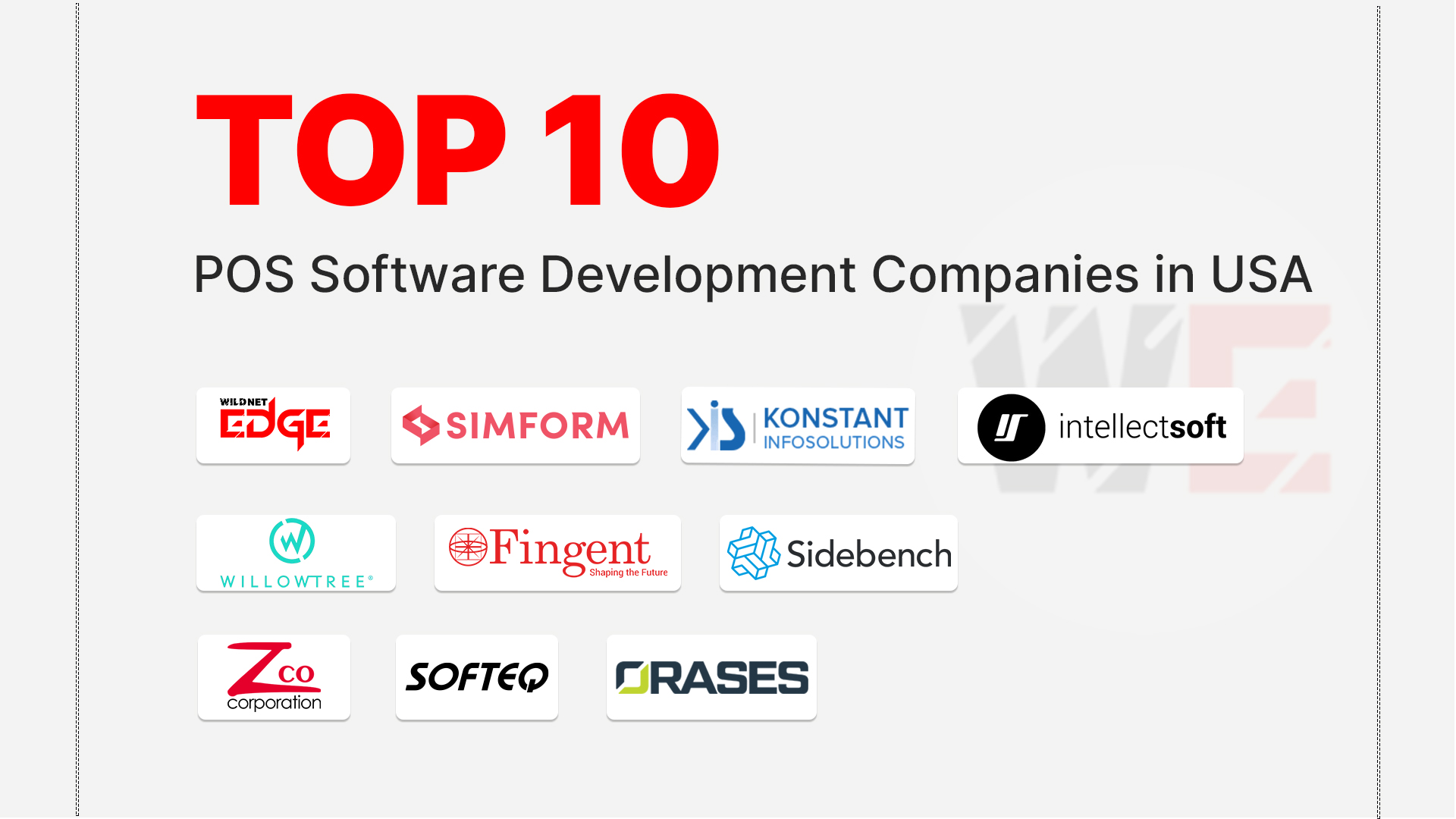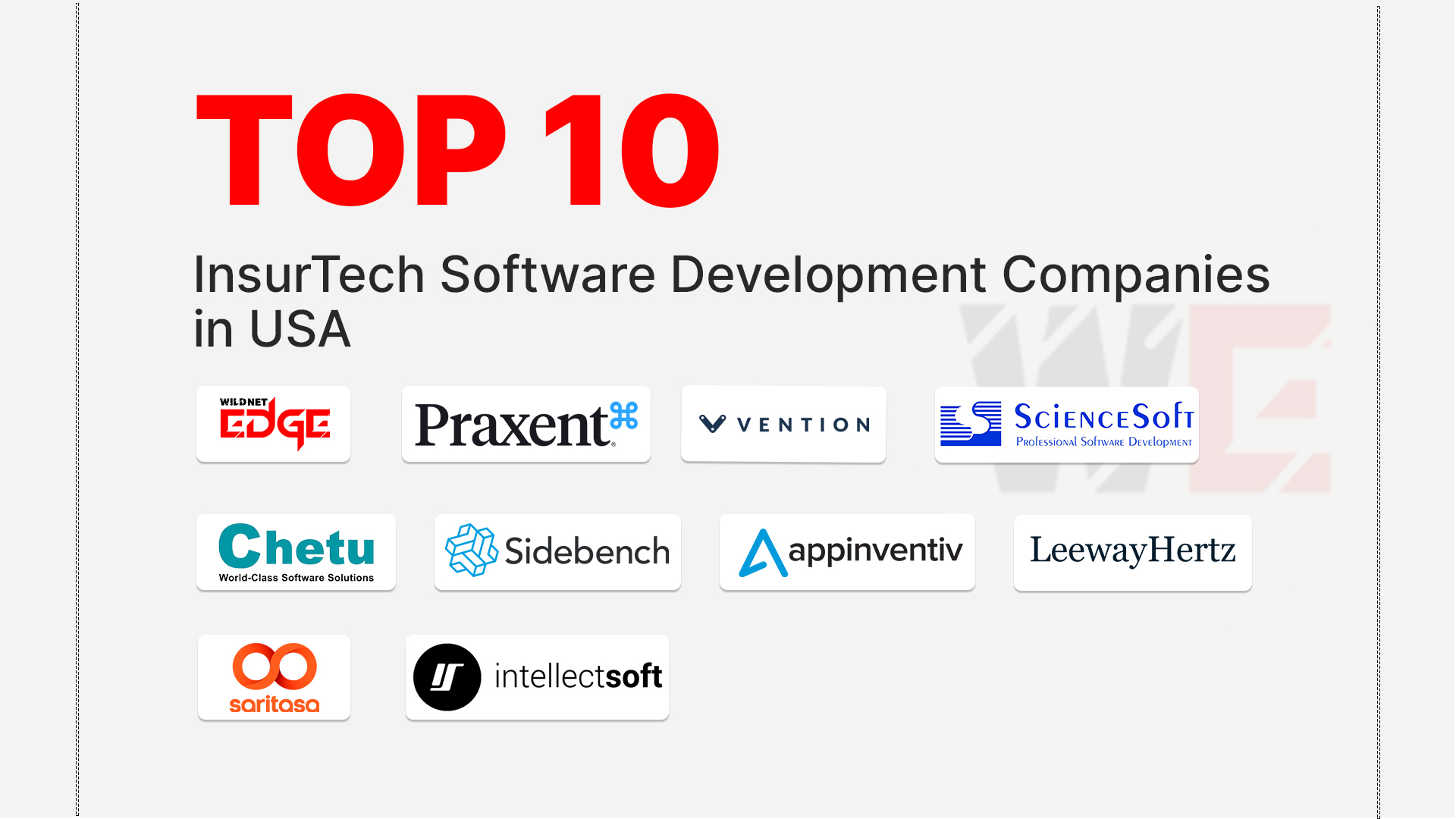Are you struggling to choose an ingress controller for your Kubernetes cluster? The decision between Nginx Ingress vs Traefik can be daunting. You want performance, ease of use, and flexibility. Which one truly stands out? Both Nginx and Traefik have distinct advantages. In this post, we’ll break down their features, helping you make the right choice for your needs.
Overview of Kubernetes Ingress Controllers
What Are Ingress Controllers?
Ingress controllers are essential components in Kubernetes that manage external access to services within your cluster. They act as a bridge between the client traffic and services, directing incoming requests to the appropriate backend services based on rules defined in your Kubernetes manifests. This allows developers and operators to expose HTTP/S routes to services housed inside the cluster, ensuring that applications can be accessed from the outside world.
An ingress controller runs as an application within the Kubernetes cluster and watches for the creation, updating, or deletion of Ingress resources. It utilizes this information to modify its routing rules and ensure traffic flows smoothly. By offering load balancing, SSL termination, and security features, ingress controllers streamline communication for microservices architectures and containerized applications.
The Role of Ingress in Kubernetes
The ingress resource in Kubernetes defines how external HTTP/S traffic should be routed to services within the cluster. This is created in your Kubernetes YAML configuration files and can specify multiple rules for selecting service endpoints based on URL paths or hostnames.
The use of ingress resources simplifies routing, as you can centralize the management of multiple services under a single point of entry. Instead of creating a load balancer for each service or exposing them individually, ingress allows for a more efficient setup, potentially reducing costs and providing a cleaner architecture.
Both Nginx Ingress and Traefik serve as powerful ingress controllers in Kubernetes, offering unique capabilities and features designed to enhance how applications are accessed and managed.
Features of Nginx Ingress Controller
Configuration and Setup Process
Getting started with Nginx Ingress is relatively straightforward, particularly for users already familiar with Nginx. The configuration process typically follows these steps:
Install the Nginx Ingress Controller: Use a Helm chart or YAML manifest to deploy the controller. This can be done from the command line, and it usually involves simple commands like:
helm install nginx-ingress ingress-nginx/ingress-nginx
- Create Ingress Resources: Define your ingress resources in YAML files, specifying rules to map incoming requests to your service endpoints.
- Configure Annotations: Use annotations for more granular control over the behavior of the ingress, like enabling SSL or setting up retry mechanisms.
Nginx provides a wealth of documentation to help users configure their ingress settings correctly, making it an appealing choice for those wanting full control over their configurations.
Key Features and Functionality
Nginx Ingress Controller boasts a range of powerful features:
- Load Balancing: Nginx provides robust load-balancing algorithms, including Round Robin, Least Connections, and IP Hashing, allowing users to optimize traffic distribution effectively.
- SSL/TLS Termination: It supports SSL termination, including automated certificate management options.
- Custom Error Pages: Users can customize error responses, enhancing the user experience by providing meaningful feedback during failures.
- Session Persistence: Nginx allows configuration for session persistence, ensuring user sessions are consistently routed to the same backend service.
- Advanced Traffic Control: Features such as rate limiting, access control, and URL rewrites give developers advanced tools to fine-tune traffic handling.
While it offers extensive customization options, Nginx may require more time to configure depending on the complexity of the rules and backend services.
Features of Traefik Ingress Controller
Configuration and Setup Process
Setting up Traefik is designed to be user-friendly, especially for applications that continuously evolve. Here’s how you can set it up step by step:
Deploy Traefik: Leverage a Helm chart to deploy Traefik within your Kubernetes environment:
helm install traefik traefik/traefik
- Dynamic Configuration: Traefik utilizes dynamic configuration through labels on your services or through Kubernetes Ingress resources. This reduces the need to manually configure routing in your Traefik.config file.
- Provide API Access: Traefik generates an API that allows real-time monitoring and access to traffic statistics and route configuration, making it easier to manage.
The dynamic nature of Traefik means that as services are added or modified in the cluster, Traefik can automatically adjust its routing without requiring a restart.
Unique Features of Traefik
Traefik comes packed with features that make it stand out:
- Automatic Service Discovery: Traefik automatically detects services in the cluster, making it easy to set up and manage ingress rules without extensive configuration.
- Real-time Monitoring: With built-in dashboards and metrics, Traefik offers insights into traffic performance, helping you monitor application health and usage.
- Multiple Backends Support: Traefik seamlessly integrates with various service providers and backend types, such as Docker Swarm or AWS services, providing flexibility in deployment scenarios.
- Middleware Support: Traefik allows users to apply middleware functions, like authentication or request transformations, to enhance request handling without modifying application code.
In contrast to Nginx, Traefik emphasizes simplicity and automation, making it ideal for environments with frequent changes.
Comparison of Nginx vs Traefik Performance
Load Balancing Capabilities
When it comes to load balancing, both Nginx Ingress and Traefik excel in distributing incoming traffic efficiently across backend services. Nginx is renowned for its ability to handle a high number of concurrent connections, making it a solid choice for workloads expecting heavy traffic. Features such as advanced load-balancing algorithms enable Nginx to optimize request routing effectively.
Conversely, Traefik’s automatic service discovery significantly enhances its load balancing capabilities. By automatically adjusting to backend service changes, Traefik ensures that endpoints are always correctly linked, which is critical in microservices architectures that are dynamically updated.
Resource Usage and Efficiency
In terms of resource efficiency, Traefik often consumes less memory and CPU compared to Nginx, especially in environments that frequently change. Traefik’s methodology involves utilizing lightweight routers that adapt as services are modified. This flexibility means lower resource consumption on idle services.
However, for very high-throughput settings, Nginx proves more resilient and can efficiently utilize system resources under heavy loads, sometimes outperforming Traefik in scenarios where peak load management is critical.
Ultimately, your choice would depend on specific use cases: if you expect high and stable traffic, Nginx could shine, whereas for dynamic microservices with frequent changes, Traefik might be more adept.
Security Aspects of Nginx Ingress and Traefik
SSL/TLS Management
Regarding SSL/TLS management, Nginx requires manual configuration for SSL certificates, often integrating third-party services or Certbot for automated certificate issuance. While this allows for robust customization options, it also adds complexity, particularly for teams that need a rapid deployment cycle.
On the other hand, Traefik automates SSL management, integrating seamlessly with Let’s Encrypt to obtain certificates with minimal configuration. You can specify the need for SSL in the route configuration, and Traefik takes care of obtaining and renewing certificates on-the-fly, making it a user-friendly choice for teams looking to simplify their SSL processes.
Authentication and Authorization Features
Both ingress controllers provide mechanisms for securing services through authentication. Nginx offers authentication through annotations, enabling Basic Authentication and integration with various OAuth providers. However, this usually requires manual setup and scripting for complex scenarios.
Traefik provides a more integrated solution with its middleware capabilities. Through middlewares, you can enforce authentication, rate limiting, and other security policies at the routing level, which simplifies the overall security architecture of your applications.
Community Support and Documentation
Nginx Community and Resources
The Nginx community is robust, with an extensive library of resources and documentation available. The official Nginx website features detailed guides, tutorials, and support forums that can help users troubleshoot and optimize their ingress configurations. The popularity of Nginx means that a large number of online forums, third-party tutorials, and community-driven content are readily available, offering support for common use cases and advanced configurations.
Furthermore, many enterprises choose Nginx, often leading to the availability of enterprise-level support, which may be beneficial for large-scale deployments.
Traefik Community and Resources
Traefik is supported by a vibrant community as well, with a focus on modern application development. Traefik’s official documentation is user-friendly and offers guides tailored to users at different levels of experience. The real-time application of features, such as dashboards for metrics and monitoring, is thoroughly documented, enabling users to get a quick grasp of its capabilities.
Furthermore, Traefik has a growing array of community-contributed plugins and middleware, enhancing its flexibility and adaptation to various use cases.
Conclusion
When comparing Nginx Ingress vs Traefik, both offer unique advantages depending on your specific needs. Nginx excels in high-load environments with its extensive customization options, while Traefik shines in simplifying configurations for dynamic applications through automation.
Choosing the right ingress controller hinges largely on your use case—Nginx for performance-oriented workloads and Traefik for ease of management and rapid development cycles. For organizations looking for complete Kubernetes ingress solutions, Wildnet Edge offers reliable and flexible tools to enhance your Kubernetes infrastructure. Explore their services to find a solution tailored for your application’s needs.
FAQs
Q1: What are the main differences in Nginx Ingress vs Traefik?
The main differences lie in configuration, ease of use, and available features. Nginx offers extensive customization and performance optimization, while Traefik emphasizes automation and simplicity.
Q2: Which Kubernetes ingress controller is better for performance?
While both controllers offer excellent performance, Nginx is generally better suited for high-throughput environments, whereas Traefik excels in dynamic environments with frequent service updates.
Q3: How does SSL/TLS management differ in Nginx Ingress and Traefik?
Nginx requires manual configuration for SSL, often relying on external tools to manage certificates, while Traefik automates the process with Let’s Encrypt integration.
Q4: What are the resource usage differences between Nginx and Traefik?
Nginx may consume more resources under heavy traffic, whereas Traefik is designed to be more lightweight and efficient in dynamic microservices scenarios.
Q5: Where can I find documentation for Nginx Ingress and Traefik?
Both projects have extensive documentation available on their official websites, featuring guides, tutorials, and user support for different use cases.

Nitin Agarwal is a veteran in custom software development. He is fascinated by how software can turn ideas into real-world solutions. With extensive experience designing scalable and efficient systems, he focuses on creating software that delivers tangible results. Nitin enjoys exploring emerging technologies, taking on challenging projects, and mentoring teams to bring ideas to life. He believes that good software is not just about code; it’s about understanding problems and creating value for users. For him, great software combines thoughtful design, clever engineering, and a clear understanding of the problems it’s meant to solve.
 sales@wildnetedge.com
sales@wildnetedge.com +1 (212) 901 8616
+1 (212) 901 8616 +1 (437) 225-7733
+1 (437) 225-7733































